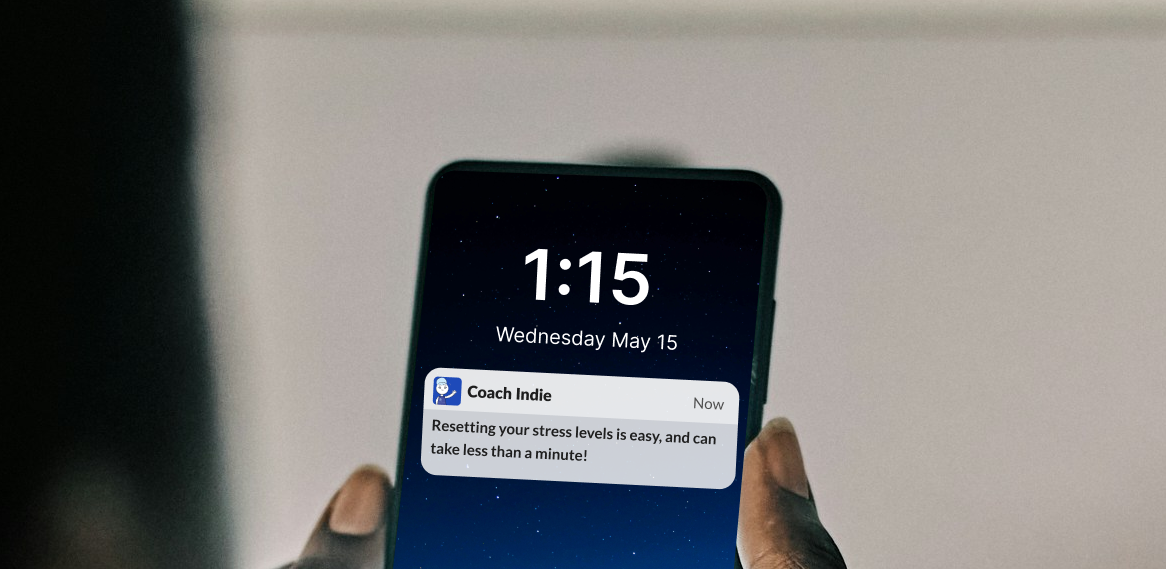Psychological safety is a term that has gained prominence in recent years, yet its true meaning and impact are often misunderstood. As a manager, it’s important to understand the significance of psychological safety and how to actively foster it within your team. In this article, we’ll explore what psychological safety is, its benefits, and provide actionable tips for managers to create a psychologically safe work environment.
“Managers are already so busy, so creating psychological safety can sometimes feel like a nice to have, not a critical part of your role. We know how important it is, so we make it easier for you to create psychological safety in your team,” Danielle Owen Whitford, Founder & CEO Pioneera.
What Is Psychological Safety?
Psychological safety refers to a shared belief that expressing ideas, concerns, making mistakes, and being one’s authentic self won’t result in punishment, rejection, or disdain1. In a psychologically safe environment, team members feel encouraged to share creative ideas and speak up, without worrying about personal judgment or negative consequences. Coined by Harvard Business School professor Amy Edmondson, psychological safety is essential for creating a healthy workplace.
But why is this so important to the productivity and performance of the team? Let's explore the benefits of psychological safety.
Benefits of Psychological Safety
When people feel safe, they’re more likely to share ideas, ask questions, and provide feedback. This leads to better decision-making, faster problem-solving, and higher-quality work.
- Enhances Employee Engagement: When people feel psychologically safe, they are more engaged in their work and their organisation. Going above and beyond, engaged and safe employees actively participate, contribute ideas, and take ownership of their work.
- Builds an inclusive Culture: Psychological safety nurtures an environment where people feel encouraged to share creative ideas without fear of personal judgment or stepping on toes. It fosters a diverse environment which expands your talent pool and creates richer outcomes. Inclusivity becomes a natural outcome.
- Improves Creativity: A psychologically safe workplace encourages risk-taking and experimentation within the boundaries you set. Team members feel free to propose, test and iterate innovative solutions without fearing negative consequences. In our working world where technology is changing so rapidly the ability to test and learn is now core to team success.
- Enhances Collaboration: When individuals trust that their contributions are valued, collaboration flourishes! Teams work together more effectively regardless of location, leveraging diverse perspectives to solve complex problems.
- Better Employee Wellbeing: Psychological safety positively impacts mental health and physical health. It reduces stress, anxiety, and burnout, leading to happier, healthier and more productive employees.
- Reduces Employee Turnover: When team members feel safe, they are less likely to leave the organisation. Retention rates improve, saving recruitment costs, improving productivity and maintaining organisational knowledge.
- Increased Team Performance: Psychological safety fosters an environment where team members can perform at their best as they adopt a growth mindset. Collective and individual learning fosters continuous improvement and positive productivity. And makes your team an exciting place to work, attracting the best talent!
Actionable Tips for Managers
Now that we understand psychological safety and the benefits, let's equip managers with the next steps to foster it within your teams. Psychological safety should not be in addition to your day job, but part of how you lead everyday:
1. Lead with Authenticity and Vulnerability:
Avoid perfectionism! Allow you and your team to make mistakes and learn from them. Be open about your struggles and opinions. When managers model vulnerability, team members feel more comfortable doing the same. Authenticity builds trust.
Example Scenario: During a team meeting, share a personal experience where you made a mistake or faced a challenge. Explain how you learned from it and what changes you made. Encourage team members to do the same. It might take a few attempts before people trust they won’t get into trouble - so keep at it!
Outcome: Team members will feel more comfortable sharing their own struggles and ideas, knowing that vulnerability is accepted, supported and even valued. So when they are next struggling, rather than waste time and miss a deadline, they will seek help quickly.
2. Advocate for Diversity and Inclusion:
Up-skill yourself to understand how diversity works to take it beyond just a word. Be aware of how biases may hinder inclusive decisions and build cultural competence. Diverse teams thrive in psychologically safe environments.
Example Scenario: When recruiting for a new role in your team, pair up with a manager from a different team that is a different age, gender or background from you. In collaborating with this person on the job description, job ads and interview process, you open yourself to factors you hadn’t even considered. This broadens decision making and accounts for your own inherent biases, creating a much fairer and less biased recruiting process.
Outcome: You build a more diverse and richer team which leads to greater team performance.
3. Encourage Mistakes as Learning Opportunities:
Avoid blaming individuals for problems. Instead, create a culture where mistakes are seen as opportunities for growth. Recognise and celebrate efforts and capture what you’ll all do differently next time.
Example Scenario: A team member misses a deadline. Instead of reprimanding them, discuss the reasons behind the delay. Explore what can be learned from the situation and how to prevent similar issues in the future. Build the learnings into future task allocation and timelines and share this access with the team so you can implement them together.
Outcome: Team members will feel less afraid of making mistakes, so they will set realistic timelines and ask for help if they’re falling behind. This leads to a culture of continuous improvement and greater performance.
Remember, as a manager, your role extends beyond performance metrics. Prioritise psychological safety and watch your team flourish.
“By fostering an environment where everyone feels valued and heard, you’ll unlock their full potential and drive exceptional results. We call this "Positive Productivity2”, Danielle Owen Whitford, Founder & CEO Pioneera.
Sources:
1 https://hbr.org/2023/02/what-is-psychological-safety
2 https://pioneera.com/positive-productivity







